
Why You Should Stop Using Petroleum Jelly On Your Skin (It’s a Byproduct of the Petroleum Manufacturing Process)
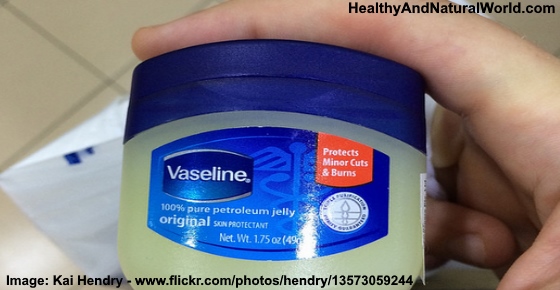
Petroleum jelly (most famously sold as Vaseline) is a semisolid mixture of petroleum-derived hydrocarbons. It’s cheap, widely available, and often recommended as a quick fix for dry skin.
But here’s the catch: while it can temporarily soften skin, it doesn’t nourish it—and may come with health concerns you don’t see on the label.
The good news? There are many natural alternatives like coconut oil, shea butter, jojoba oil, and almond oil that moisturize, protect, and actually feed your skin instead of just coating it.
Let’s break it down.
What Is Petroleum Jelly?
Petroleum jelly is a refined byproduct of crude oil.
It was originally discovered when oil workers noticed that the residue from drilling helped minor skin cuts heal. After refining, this residue became the translucent ointment we know as Vaseline.
You’ll often see it (or related ingredients) on product labels as:
-
Petrolatum
-
Mineral oil
-
Paraffin oil
-
Liquid paraffin
What Petroleum Jelly Does on Your Skin
When applied, petroleum jelly forms a thick, waterproof barrier over the skin.
That means:
-
It prevents moisture from escaping (occlusive barrier)
-
But it also prevents moisture and air from getting in
-
It can trap dirt, sweat, and bacteria inside pores
So yes, your skin can feel softer, but:
-
It doesn’t give your skin vitamins, antioxidants, or fatty acids
-
It doesn’t help repair skin from within
-
And for some people, it may worsen acne, congestion, or rosacea by sealing in debris
In contrast, natural oils provide:
-
Essential fatty acids
-
Vitamins (like A, E, C, K)
-
Antioxidant and anti-inflammatory compounds
-
Antibacterial and antimicrobial support
Basically, natural oils hydrate and heal—petroleum jelly just coats.
Is Petroleum Jelly Safe? What Science Says
Refined cosmetic-grade petrolatum is cleaner than industrial mineral oil and is often labeled as “non-comedogenic” and “safe for external use.”
However, that doesn’t mean “perfectly harmless in all situations.” Several concerns have been raised:
1. Possible Body Contamination
Mineral oil and similar petroleum-based compounds can enter the body through the skin, lungs, or mouth and accumulate in fat tissue.
Some studies have found:
-
Hydrocarbon compounds from cosmetics stored in body fat
-
These can even be passed on through breastfeeding
This makes mineral oil hydrocarbons one of the most common contaminants found in the human body.
2. Potential Effects on Hormones (Estrogen Activity)
Certain petroleum-based substances have shown estrogen-like activity in some studies.
Excess estrogen (estrogen dominance) can be linked to:
-
Menstrual and PMS problems
-
Fibrocystic breast changes
-
Mood swings
There is concern that long-term use of products with petroleum-derived compounds might contribute to hormonal disruption in some people.
3. Possible Carcinogenic Contaminants
The main cancer concern is not the petrolatum molecule itself, but impurities and byproducts if refining is incomplete or low-quality.
-
Some petroleum-based cosmetics have been found to contain 1,4-dioxane, a potential carcinogen.
-
This has been detected in a notable percentage of tested personal-care products.
While high-quality, well-refined petrolatum is considered safer, ingredient quality can vary between manufacturers—and you rarely know exactly how it was processed.
4. Risk of Vaginal Imbalance (Bacterial Vaginosis)
Using petroleum jelly in or around the vaginal area is not recommended.
Studies have found that women who use petroleum-based products in this area are more likely to develop bacterial vaginosis, likely because:
-
Petroleum jelly is slightly alkaline
-
It can disrupt the naturally acidic environment needed for a healthy vaginal microbiome
5. Lipoid Pneumonia (Lung Issues)
Using petroleum jelly:
-
Inside the nose
-
As a lip product that’s frequently inhaled or accidentally aspirated
can, over time, lead to lipoid pneumonia in rare cases. This happens when oily substances enter the lungs and trigger inflammation.
Because of this, experts advise:
-
Do not apply petroleum jelly inside your nostrils
-
Use with caution around the nose and mouth
6. Poison Risk if Swallowed or in Eyes
Petroleum jelly is classified as a potentially poisonous substance if swallowed in larger amounts or rubbed into the eyes.
This is especially important around children, who might lick, chew, or rub products into sensitive areas.
Why Natural Alternatives Are Better
Instead of a lifeless, petroleum-based coating, natural plant oils and butters:
-
Penetrate the skin
-
Deliver nutrients that cells actually use
-
Often have anti-inflammatory, antibacterial, and antioxidant properties
Here are some of the best petroleum jelly alternatives.
1. Shea Butter
Shea butter is a rich, creamy fat from the nut of the shea tree.
Benefits:
-
Contains vitamins A and E to support skin repair
-
Rich in healthy fatty acids that soften and protect
-
Has natural antibacterial, antiviral, and antifungal activity
-
Helps protect against aging and free-radical damage
-
Safe for long-term daily use
It’s excellent for:
-
Dry patches
-
Eczema
-
Cracked heels and hands
-
Natural lip balm
-
Even as a safer nasal decongestant base compared with petroleum-based products
2. Coconut Oil
Virgin coconut oil is a superstar natural moisturizer.
Benefits:
-
Penetrates deeply thanks to lauric acid
-
Helps boost collagen production
-
Has antibacterial, antifungal, and anti-inflammatory properties
-
Reduces itching and redness in eczema, psoriasis, and dermatitis
-
Shown to be as effective as mineral oil for dry skin—and often better
It’s great for:
-
Full-body moisturizing
-
Scalp treatments
-
Makeup removal
-
Soothing irritated skin
3. Sweet Almond Oil
Sweet almond oil is light, gentle, and rich in vitamin E.
Benefits:
-
Anti-inflammatory and soothing
-
Softens and repairs dry, flaky skin
-
Helps restore skin barrier function
-
Safe around delicate areas like under the eyes
You can use it as:
-
A face oil
-
Natural eye-area moisturizer
-
Makeup remover
-
Massage oil
4. Jojoba Oil
Jojoba oil is actually a liquid wax that closely mimics your skin’s own sebum.
Benefits:
-
Hypoallergenic and suitable for most skin types
-
Non-greasy but very moisturizing
-
Helps balance oily and combination skin
-
Supports wound healing
-
Offers up to 24-hour hydration when combined in formulas
Ideal for:
-
Acne-prone skin
-
Oily T-zone
-
Face and body moisturizing
-
Scalp care
5. Avocado Oil
Avocado oil is deeply nourishing and packed with oleic acid and vitamins.
Benefits:
-
Stimulates collagen production
-
Supports wound and scar healing
-
Reduces inflammation in chronic skin conditions
-
Helps with dryness, roughness, and fine lines
It’s also a heart-healthy cooking oil with a high smoke point, so it works inside and out.
6. Rosehip Oil
Rosehip oil is a light, fast-absorbing oil rich in:
-
Vitamin C
-
Vitamin A
-
Omega-3, 6, and 9 fatty acids
-
Antioxidants
Benefits:
-
Promotes faster wound healing
-
Reduces redness and swelling
-
Helps fade scars, dark spots, and fine lines
-
Good for rosacea-prone and sun-damaged skin
7. Cocoa Butter
Cocoa butter is a solid, chocolate-scented fat that melts at skin temperature.
Benefits:
-
Intensely moisturizing and protective
-
Contains polyphenols that:
-
Improve skin elasticity and tone
-
Support collagen
-
-
Used to help with:
-
Stretch marks
-
Dry, chapped lips
-
Rough elbows, knees, and heels
-
8. Beeswax + Olive Oil + Honey
A beeswax-based blend can outperform Vaseline in many cases.
Benefits:
-
Beeswax forms a protective barrier without suffocating skin
-
Olive oil nourishes with healthy fats and antioxidants
-
Honey is naturally antibacterial and wound-healing
Studies have shown this trio to be more effective than petroleum jelly for:
-
Dermatitis
-
Psoriasis
-
General dry, irritated skin
So… Natural Oils or Petroleum Jelly?
While refined petroleum jelly may be considered “safe” for most external use, it:
-
Doesn’t feed your skin
-
Can contribute to body contamination over time
-
May be linked to hormonal and respiratory concerns in certain uses
-
Has no antioxidant or anti-inflammatory benefits on its own
On the other hand, natural oils and butters like:
-
Coconut oil
-
Shea butter
-
Almond oil
-
Jojoba oil
-
Avocado oil
-
Rosehip oil
-
Cocoa butter
…provide:
-
Real moisture and barrier repair
-
Vitamins and antioxidants
-
Anti-inflammatory and antimicrobial effects
-
Long-term skin health and glow
Your skin is your largest organ. Instead of coating it with a cheap petroleum byproduct, you can nourish it with ingredients your body actually recognizes and uses.
News in the same category


What happens when you start eating chia seeds every day

Scientifically Proven Health Benefits of Cayenne Pepper

Low levels of this key brain nutrient may be fueling your anxiety

A Nurse Who Has Witnessed The Final Moments Of More Than 300 People Has Revealed What She Has Learned From Being By Their Side

Absolutely BEST Foods to Detox Your Kidneys

80% Of Heart Attacks Could Be Avoided If Everyone Did These 5 Easy Things
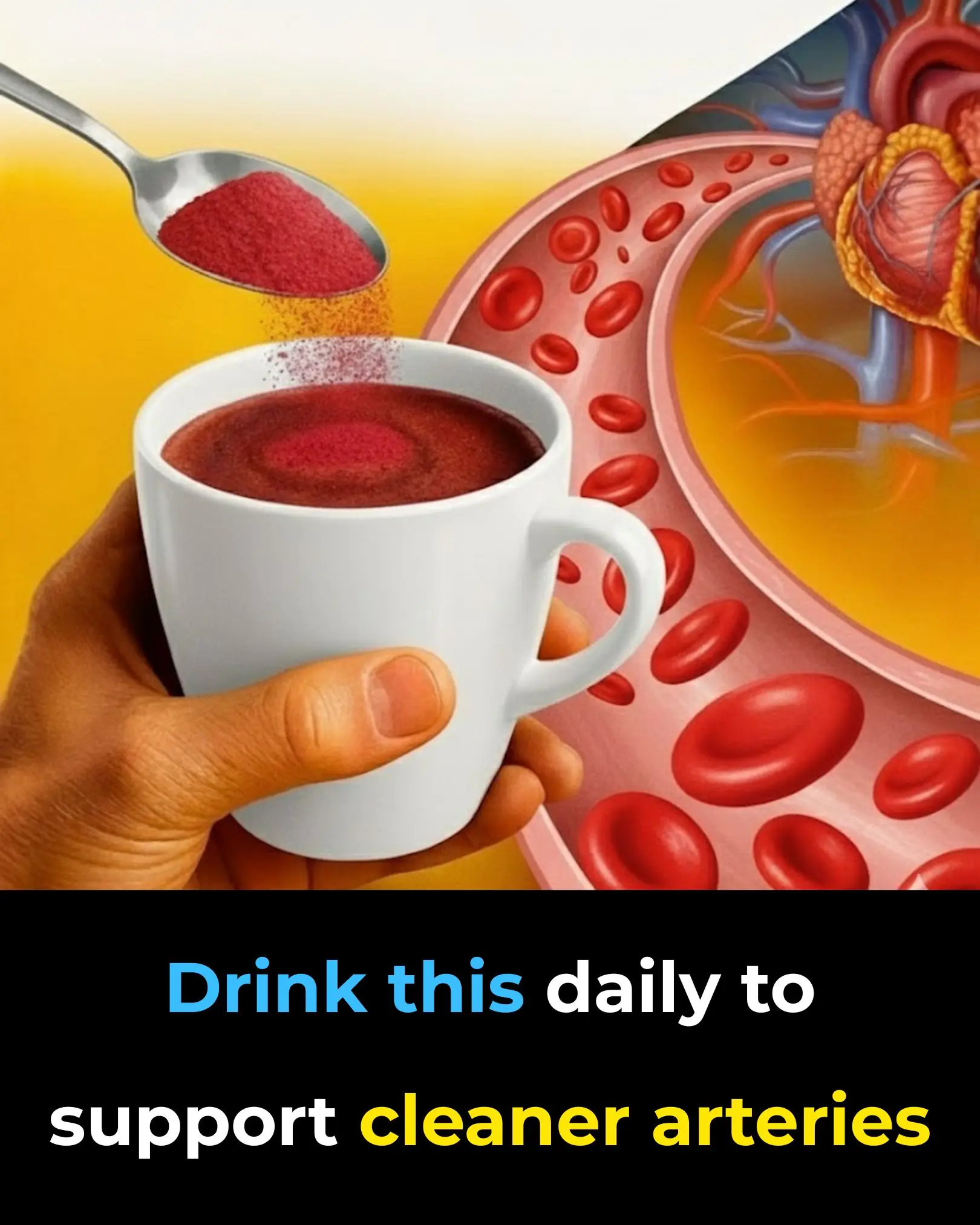
Drink this daily to support cleaner arteries

The Surprising Benefits of Foot Massages …More Than Just Relaxation

14 Best Natural Antibiotics Our Ancestors Used Instead of Pills
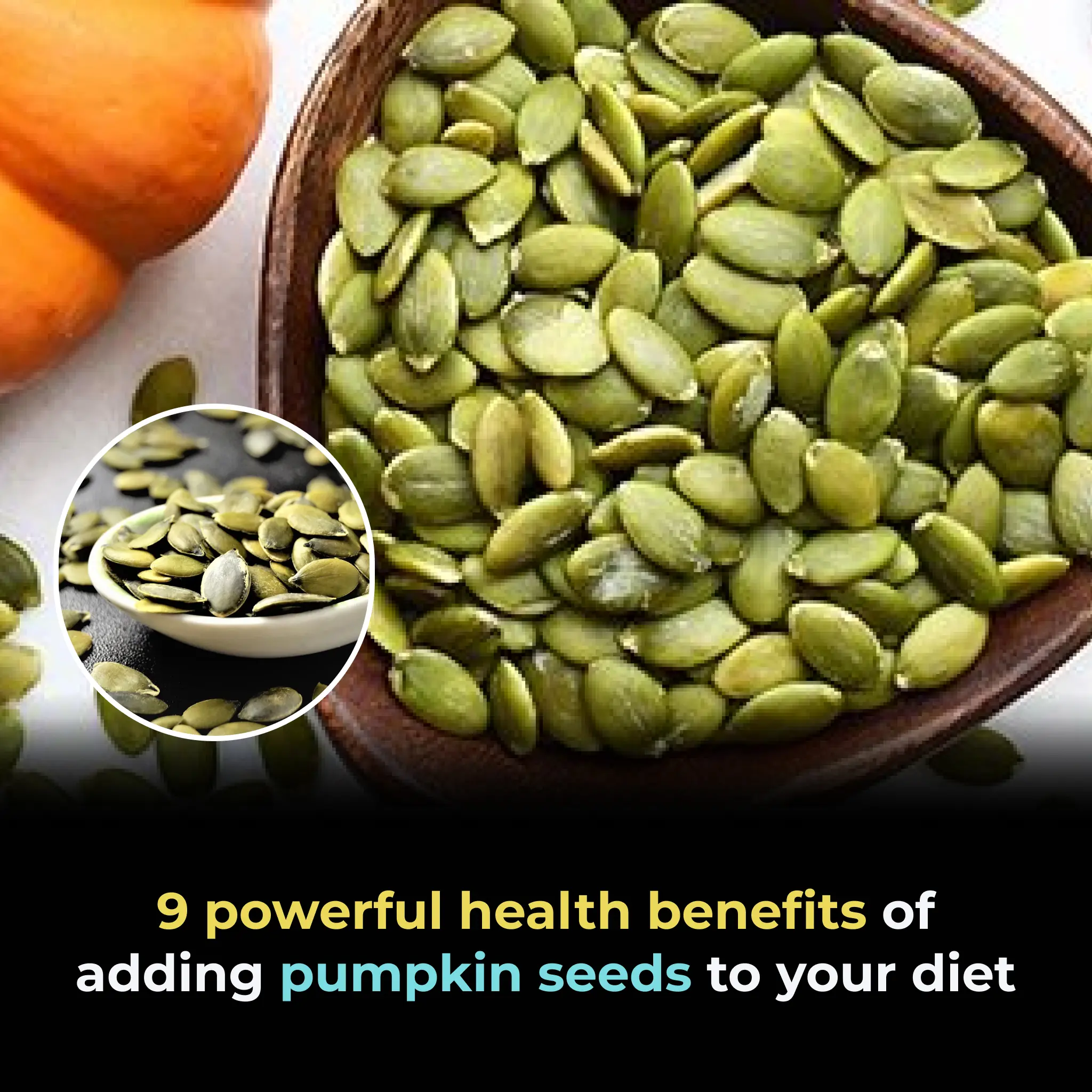
9 POWERFUL Health Benefits of Adding Pumpkin Seeds to Your Diet

Knowing These 12 Symptoms of a Stroke Can Save Your Life

6 fruits that help your body fight cancer cells naturally

Early Signs of Liver Damage You Shouldn't Ignore

If Your Nails Show These 10 Signs, See a Doctor Immediately

The 5 warning signs you may be taking too much magnesium, according to doctors

This Is What Happens to Your Body When You Start Eating Raw Garlic

4 Things Your Feet Could Be Telling You About Your Liver Health

This Is What Happens When You Eat Sweet Potatoes Regularly
News Post

DIY Vaseline Cream: The 4-Ingredient Glow Hack That Makes Your Skin Baby-Soft Overnight

DIY Fenugreek Hair Masks for Hair Growth & Reducing Hair Fall

Will Americans Receive $2,000 Stimulus Checks? What You Need to Know

Revolutionary Miniature Implant Offers New Hope for Restoring Vision in Macular Degeneration Patients

A Simple Superfood That Enhances Your Baby's Brain Development During Pregnancy

Why Some Children Don’t Visit Their Parents Often
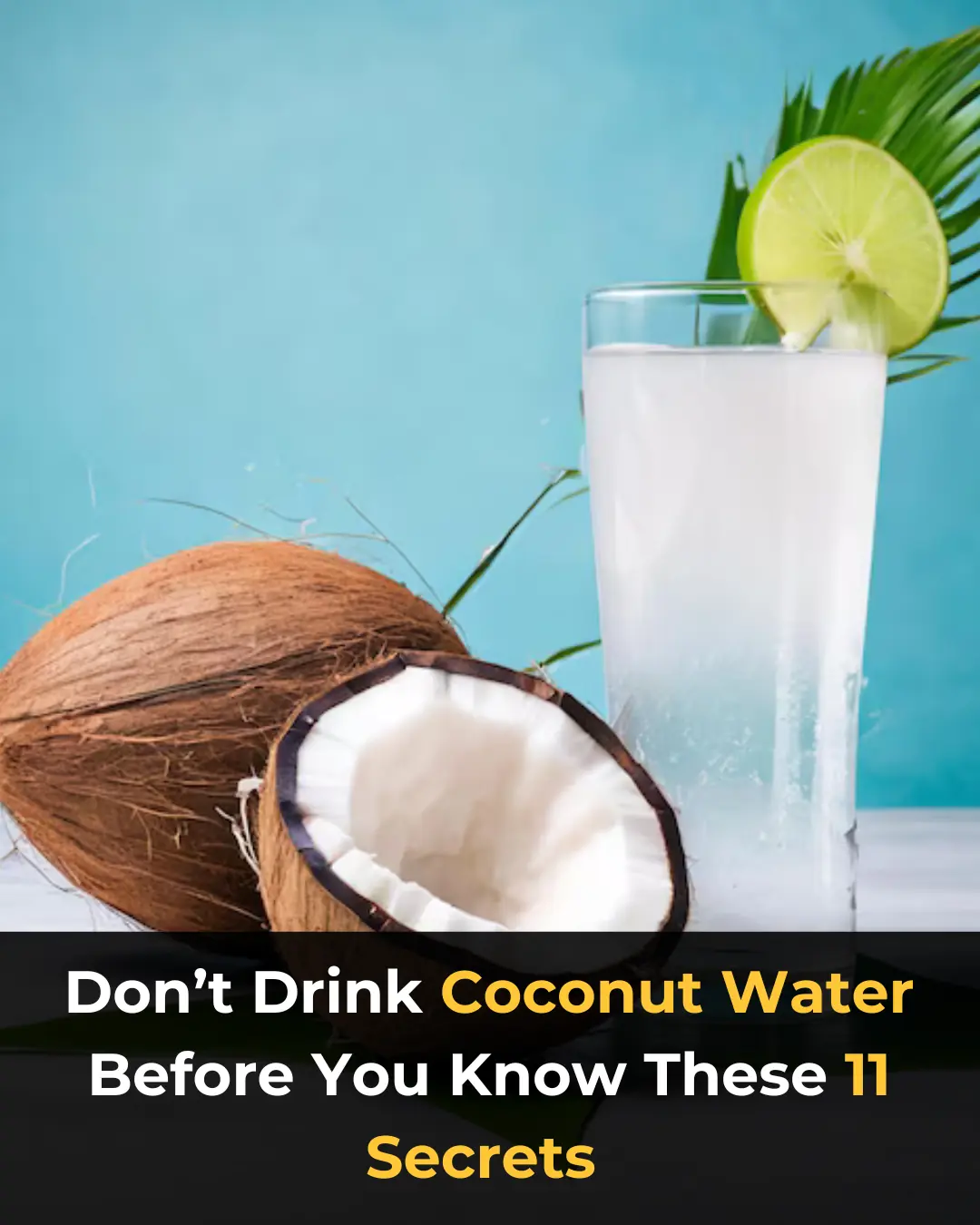
Don’t Drink Coconut Water Before You Know These 11 Secrets!

The #1 habit that’s destroying muscle in older adults—are you doing this?
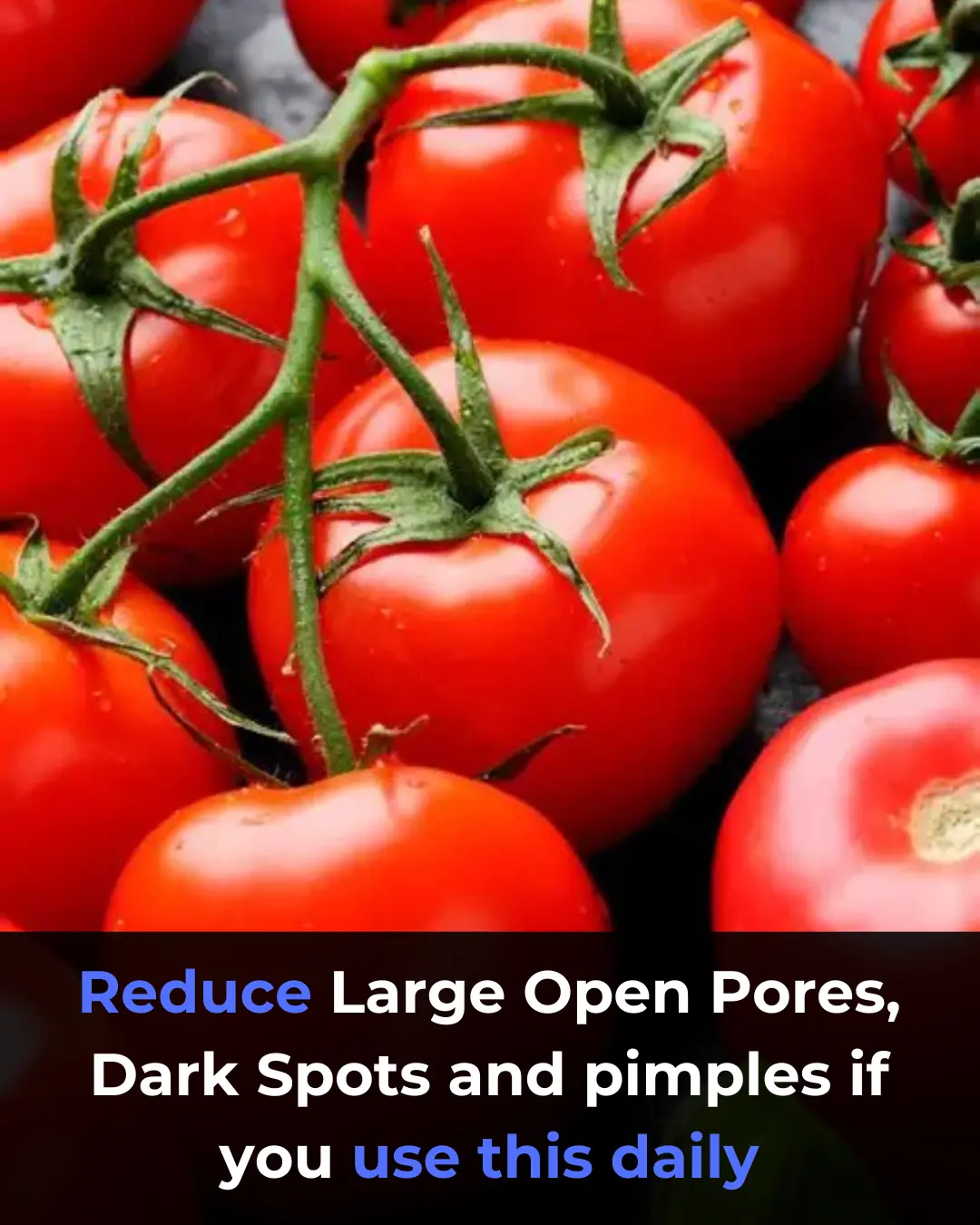
Tomato Benefits for Skin – How Tomato Slices Can Transform Your Skin Naturally

This Plant Is Tastier Than Meat! 8 Reasons to Keep It in Your Garden

Walnuts Feed Your Microbiome: The Small Superfood That Transforms Your Gut and Your Mood
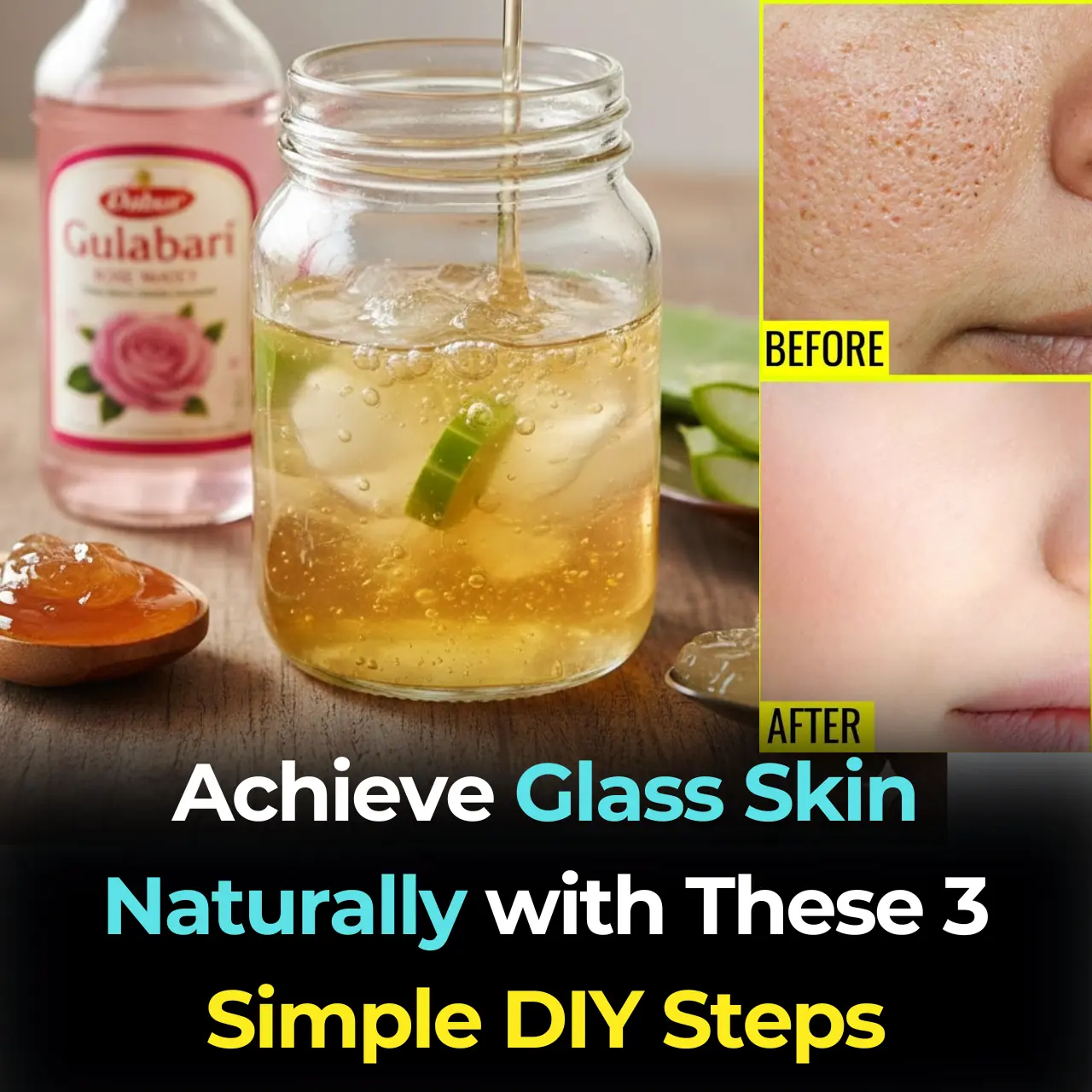
3 Steps Skin Care To Get Dewy Glass Skin

What happens when you start eating chia seeds every day

Air Conditioner Blowing Only Air but Not Cooling? Here’s How to Fix It Without Calling a Technician

14 Reasons to Drink Lemon Water First Thing in the Morning

Had no clue about this

Scientifically Proven Health Benefits of Cayenne Pepper

Why Does Your Refrigerator Frost Over and Does It Increase Electricity Consumption?
